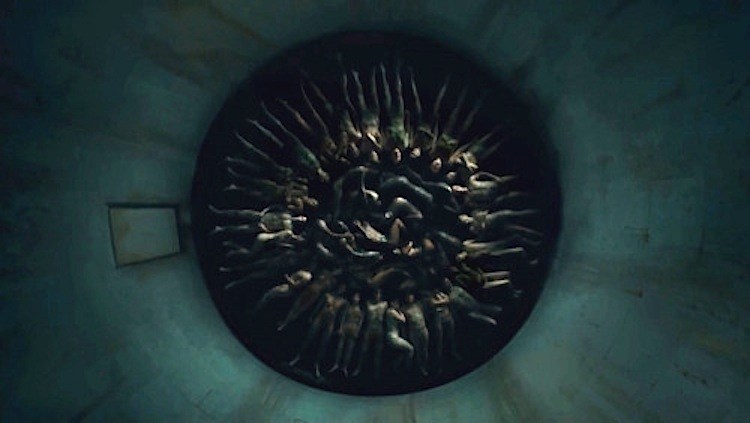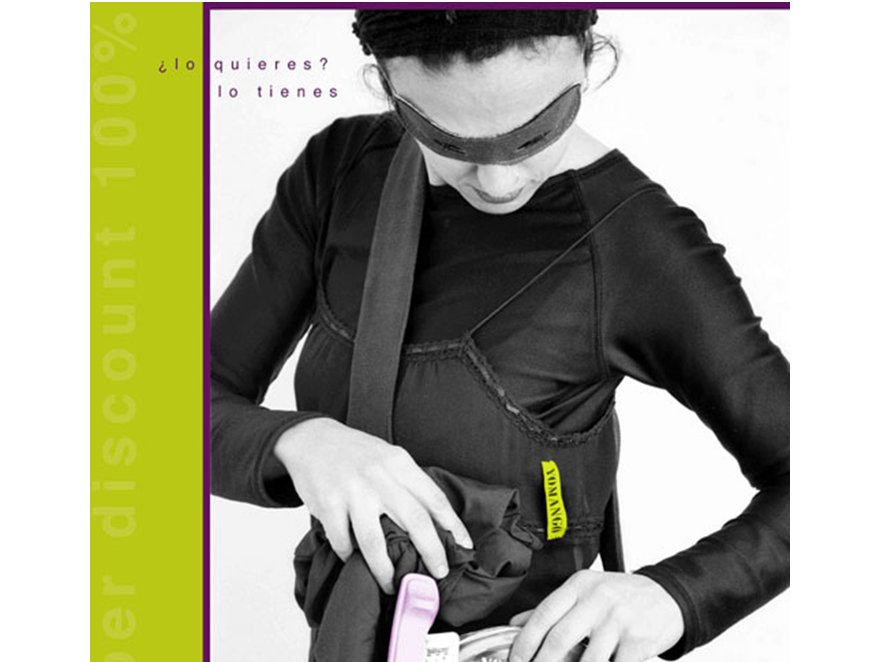
Recently, Amazon released an episodic adaptation of Phillip K. Dick’s novel The Man in the High Castle through their TV streaming service. The show, like the book on which it is based, follows the fate of an alternate United States taken over by the Axis powers following the Second World War. By way of an advertising campaign to shill the show to a wider audience, Amazon covered some subway cars in New York with imagery from The Man in the High Castle. What this meant in practice was that, in addition to some posters, the cars were covered in symbols representing Imperial Japan and more importantly Nazi Germany. More specifically, these took the form of “a version of the American flag with a German eagle and iron cross in place of the stars,” which was immediately taken as being in poor taste by the mayor of New York.
The objection was clearly understood, even by the show’s creator: as Mayor De Blasio put it, the Nazi symbols on a public subway were “irresponsible and offensive to World War II and Holocaust survivors, their families, and countless other New Yorkers.” Essentially, given that a good number of Americans had fought and died against both the Nazis and Imperial Japan, having veterans and their families being forced to see the symbols of these regimes on their way to work would be viewed less as an understandable faux pas in the pursuit of advertising a quality show, and more a gesture to be at best taken extremely poorly. The MTA’s response was that, technically speaking, their rules prohibit political postings, and as, technically speaking, these symbols were not political symbols being used politically, they were not breaking any of the organization’s rules. As an argument, this leaves little to be desired, and less still to the credit of common sense, which hesitates at the thought of using Nazi symbolism for an advertisement.
Still, the issue brings up an important point: can this be defended on artistic grounds? On one side, this is clearly not a work of art in and of itself—it exists only to promote another work which is, in our typical understanding, art. But that brings up the opposite thought, as since it is in a way connected to art, that might well give some justification for the piece besides being shocking. Though shock value is clearly the main purpose: there is little else surprise Nazi symbols will do if they cannot shock. Though, as many writers have already attested, art, especially if one wants art to escape the confines of the museum, ought to shock in order to make the audience active participants.
The chief difficulty in considering these The Man in the High Castle subway ads is the fact that they are ads. We do not normally attribute to advertising the laurels of art; even though history shows us through the lives of many painters and sculptors that the distinction can at times be all but nonexistent. If the images were set in these subway cars in order to comment upon some element of society, we might be slightly irritated, but at least we would understand, and in a manner appreciate, what the creators were trying to do. When we hear that it is to draw people in to watch a television show, that is when we start seeing mayors begin publicly denouncing the work as “irresponsible and offensive.” In this way we see the context as greater than the actual facts, or at least as an equal. Yet this does not have to be the case. Ads sell a product; so do artists, in their own fashion. For us to understand what is and what is not art, we cannot condemn a piece purely for having mercenary motives. Yet that is at the heart of why we object to this campaign for The Man in the High Castle.
In any event, the cars are more or less back to normal: the posters for The Man in the High Castle remain, but the rest are gone. The move was poorly thought out, and no one is rushing to justify the ads before the ominously grumbling crowds. If ever there is to be a great battle for the artistic soul and integrity of subway ads, it will not come from Amazon and the MTA, whose excuse as mentioned before was less justification for the ads and more justification for them being allowed to be displayed. Whether there is a case to be made or no, that will be for other minds to decide.







